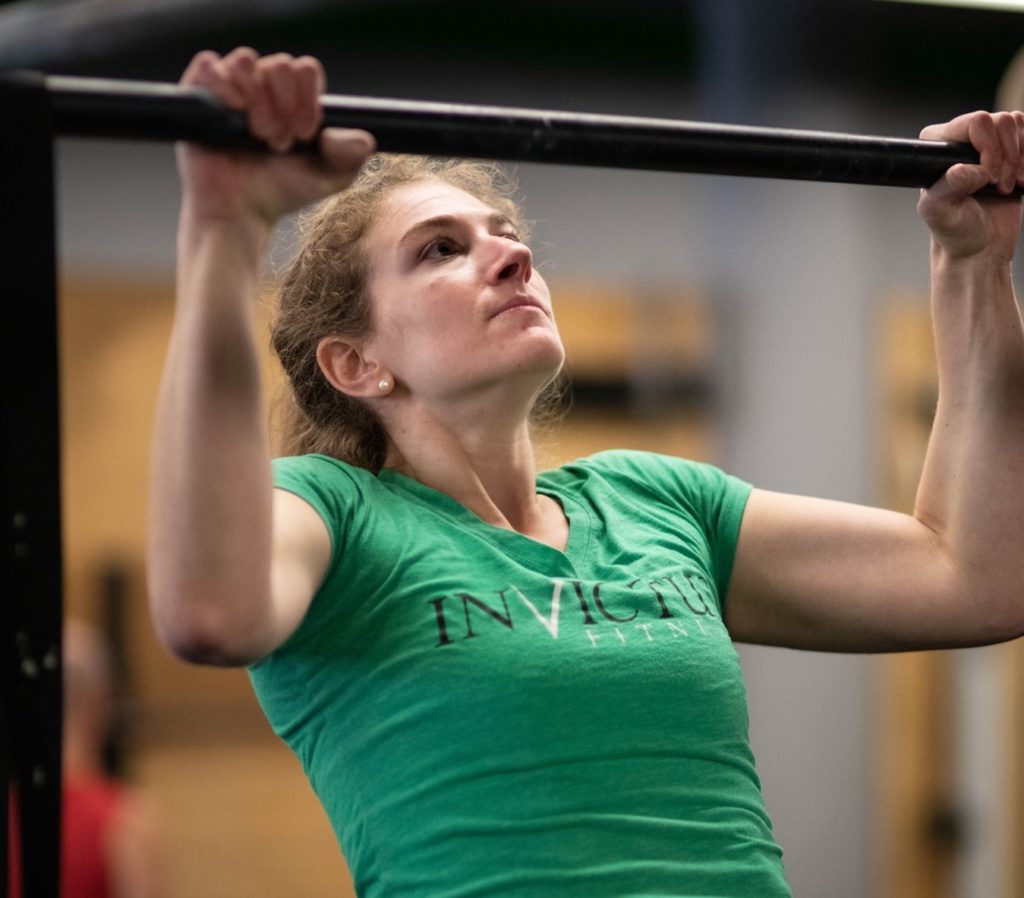
Q&A: Are Pull-Ups for Powerlifters?
Written by Michele Vieux
We recently received this email from someone who began following our 3-Week Pull-Up Program with much success! They went from being able to perform single reps to being able to string four strict pull-ups together! This is not the first time we’ve received a question like this so we thought we’d answer it for the benefit of all.
Q: I am training for the national powerlifting competition in August. I was told to just focus on powerlifting because I want to do well in that competition and possibly go to Worlds. Do you feel that working on pull-ups will have a negative effect since it’s a different group of muscles I will be working?
A: You definitely need to start pulling! Any way shape or form, start making your body pull. Horizontal, vertical, angular, any and all ways! Focusing solely on the three power lifts is a HUGE mistake. You will not reach your full potential and you will be setting yourself up for injury.
Of course, pressing is one of the best ways to strengthen the shoulders and pecs which is what your bench pressing highlights. But that is the TEST of strength and how you measure results for your competition. You need/should have other components in your program besides just the three major lifts like secondary lifts/movements i.e. pull-ups and accessory work (that could entail a lot of things like planking or scapular stability exercises, etc. – whatever you are ‘weak’ in.) Here’s some reading on programming accessory work:
3 Criteria to Consider When Programming Accessory Work
The Importance of Accessory Training
Regardless of whether you’re looking to be a CrossFit athlete, an Olympic or powerlifter, want to excel in any sport requiring upper body strength, or want to improve your health and fitness or posture, the pull-up should be a part of your plan. Here’s why:
Increased Strength
From a strength perspective, mastering the pull-up does for the upper body what the deadlift and back squat do for the lower body. When you work pull-ups into your training, you are guaranteeing to hit all the muscles of the upper back including the lats, scaps, and traps. Of course, you are using your shoulders (and biceps if you’re doing the chin-up version) and you are even using your abdominal muscles. The pull-up is a great test of relative strength, meaning your strength in comparison to bodyweight. Plain and simple, stronger arms equals stronger presses!
Improved Shoulder Health & Injury Prevention
Aside from the strength improvements and looking better naked, there are other advantages to working with the pull-up. Assuming you start a program with good shoulder health, the pull-up further promotes shoulder function by improving the way your muscles fire and sequence in order to perform the exercise.
Structural Balance & Posture
If you’ve been doing pull-ups for a while and your body is healthy, there is no reason you can’t do them on the daily, if you desire. You really should be doing them as much as your body allows with the goal of pulling twice as many reps as you push.
For example, if you bench pressed 5×3 then you should do AT LEAST (but really more) that many reps of a pulling exercise to counterbalance the muscles involved. Pulling = better posture = fewer injuries. Pushing does not.
So that’s the short answer but there are many other principles to take into consideration when building a program that includes pull-ups (or anything for that matter). Don’t worry – we take care of all that for you in this 3-week training guide to help you get your first pull up!